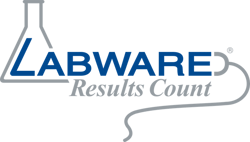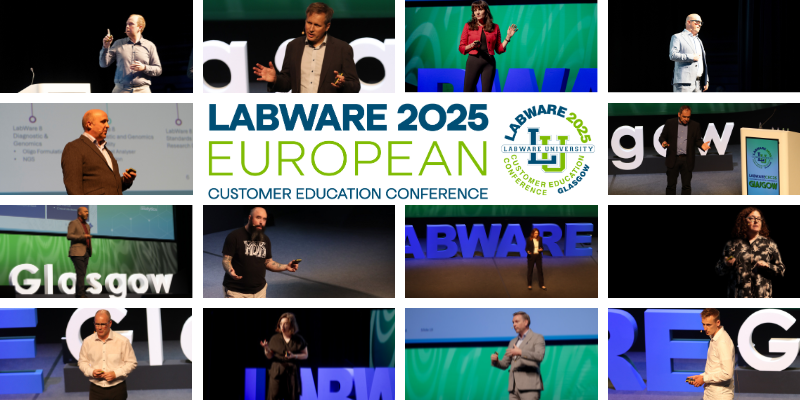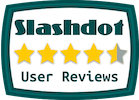
Migrating legacy data to a modern laboratory information management system (LIMS) is often seen as a complex and challenging process, especially for regulated laboratories dealing with decades of historical records. Legacy data may exist in various formats and structures, often spread across multiple systems. This data—whether structured or unstructured, machine- or human-generated—is often retained for legal, regulatory, or historical purposes, even if it is no longer actively used.
The Challenges of Legacy Data Migration
In any laboratory informatics system, identifying a clear path for legacy data migration is essential for compliance and operational continuity. This process requires meticulous planning, testing, and execution to ensure data accuracy, security, and usability in the new system.
Customer Spotlight: Regional Water Authority Case Study
At a recent LabWare Customer Education Conference, two senior professionals from a regional water authority shared their experience using LabWare LIMS to migrate historical data. They discussed the challenges of working with diverse data formats and the process of fully integrating legacy data into LabWare LIMS.
This water authority processes approximately 7,000 samples annually, resulting in about 80,000 analyses logged into LabWare. These analyses support compliance reporting through a regulatory data portal to meet state and federal requirements. Under the Safe Drinking Water Act (SDWA), regional water authorities, classified as public water systems, are required to routinely test treated water for regulated contaminants using EPA-approved methods, with analyses conducted in certified laboratories accredited by the EPA or the appropriate state agency. The organization supplies tens of millions of gallons of water daily to hundreds of thousands of residents, supported by advanced treatment facilities, extensive infrastructure, and a dedicated workforce.
For nearly three decades, this organization upgraded its LIMS with the same vendor, maintaining seamless historical data integration. However, with the obsolescence of older operating systems, a new LIMS was needed. After evaluating several options, they selected LabWare LIMS for its robust migration capabilities and future-ready architecture.
A key challenge was the "language" of LIMS—each instrument vendor uses different data formats. A consultant from LabWare developed a strategy to translate the legacy system’s data into LabWare’s format.
The team initially used PL/SQL programs to consolidate the data into a single table. A custom script then exported this data into 1,600 CSV files, each containing 5,000 records.
Mapping and Transformation of Legacy Data
LabWare LIMS offers a flexible data schema, allowing the addition of new tables or fields to match legacy structures. Its support for Open Database Connectivity (ODBC) enables querying across databases, regardless of platform.
During the transformation, a “Legacy” field was added to distinguish historical samples from new ones. LabWare treats legacy samples as read-only and does not enforce foreign key constraints, simplifying integration.
Custom scripts and parsing routines were developed to read, validate, and import the CSV data into LabWare. Validation included comparing record counts across the legacy system, the staging table, and the LabWare database to ensure consistency.
By handling all configurations within the LabWare environment, the burden of external data manipulation was significantly reduced.
Elevating Your Data Strategy
Legacy data migration doesn’t have to be overwhelming. LabWare LIMS helps preserve data integrity while enhancing accessibility and operational efficiency. With features like flexible schemas, ODBC support, and a user-friendly interface, LabWare transforms data migration into an opportunity for innovation.
Ready to streamline your lab’s legacy data migration? Contact LabWare to learn how our professional services team can support your laboratory’s transformation.















